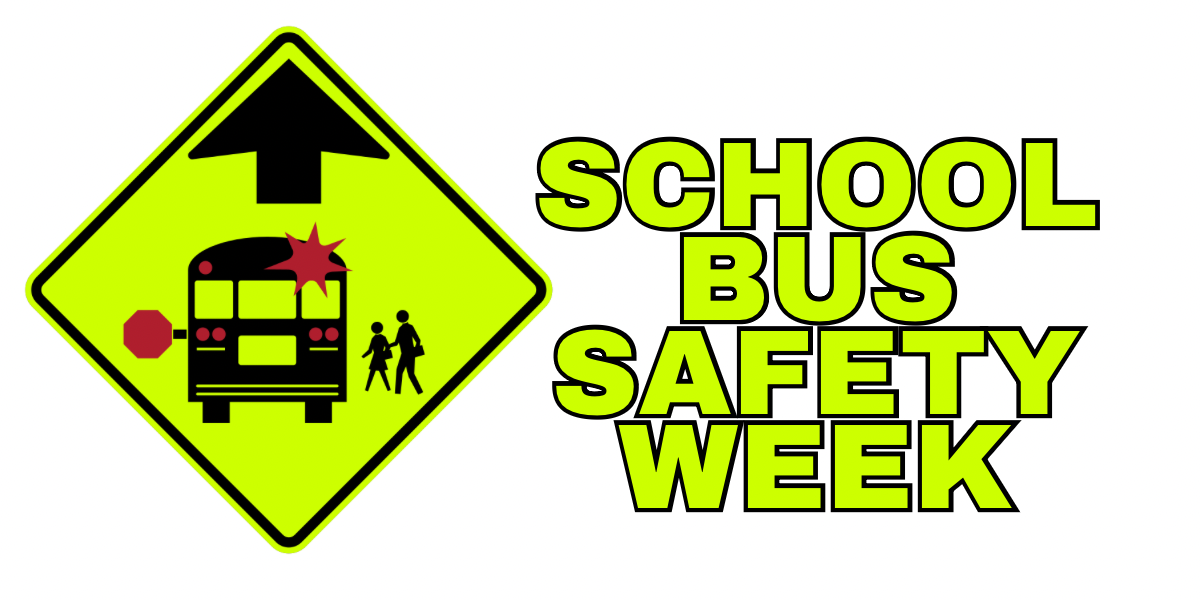In support of National School Bus Safety Week, October 21-25, 2024, the West Virginia Governor’s Highway Safety Program (GHSP) is working with the U.S. Department of Transportation’s National Highway Traffic Safety Administration (NHTSA) to remind drivers about the importance of school bus safety. In West Virginia, it is illegal to pass a school bus while the school bus stop-arm is extended, and the red lights are flashing. Although the school bus is one of the safest modes of transportation, illegal school bus passing is a deadly risk to bus riders and their caretakers.
“It is so important that drivers in West Virginia obey the school bus stop-arm laws. We need to keep our students safe,” said Gov. Jim Justice.
From 2013 to 2022, there were 1.5 times more fatalities among pedestrians (169) than occupants of school buses (111) in school bus-related crashes. A total of 111 school-age children (18 and younger) died in school bus-related crashes during that period, either as occupants of school buses or other vehicles, or on foot or bike. Of the 111 deaths, 25 were children who were walking. From 2000-2022, there were 55 fatalities in crashes that involved a driver illegally passing a stopped school bus. Almost half of those fatalities (25) were pedestrians who were 18 years old or younger.
“When a school bus’s red lights are flashing and the stop-arm is extended, drivers must slow down and come to a complete stop,” said Jack McNeely, GHSP Director. “This is not a suggestion, it’s the law.” In fact, yellow flashing lights indicate the bus is preparing to stop to load or unload children. This is when motorists should begin to slow down and prepare to stop their vehicles. “Motorists may begin moving only when the red flashing lights are turned off, the stop-arm is withdrawn, and the bus begins to move. School bus riders and their caretakers are relying on drivers to follow the law to keep them safe,” concluded McNeely.
Respect the “Danger Zone”
The school bus loading and unloading area is called the “Danger Zone.” Specifically, this is any side of the bus where the bus driver can’t see the child and, therefore, the child is in the most danger. These areas include:
· 10 feet in front of the bus, where the driver may be sitting too high to see a child
· 10 feet on either side of the bus, where a child may be in the driver’s blind spots
· Behind the school bus
For more information about school bus stop safety, please visit https://www.nhtsa.gov/road-
For more information about the West Virginia Governor’s Highway Safety Program, visit highwaysafety.wv.gov or call 304-926-2509.
















